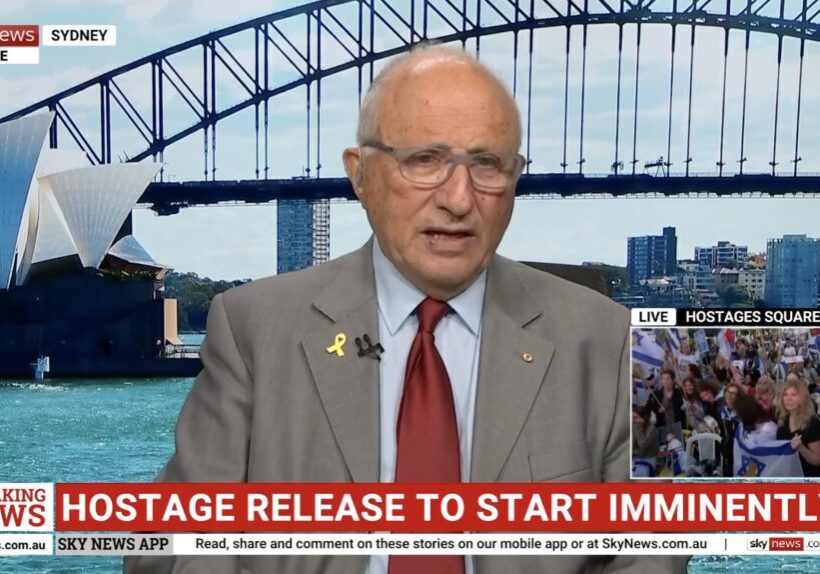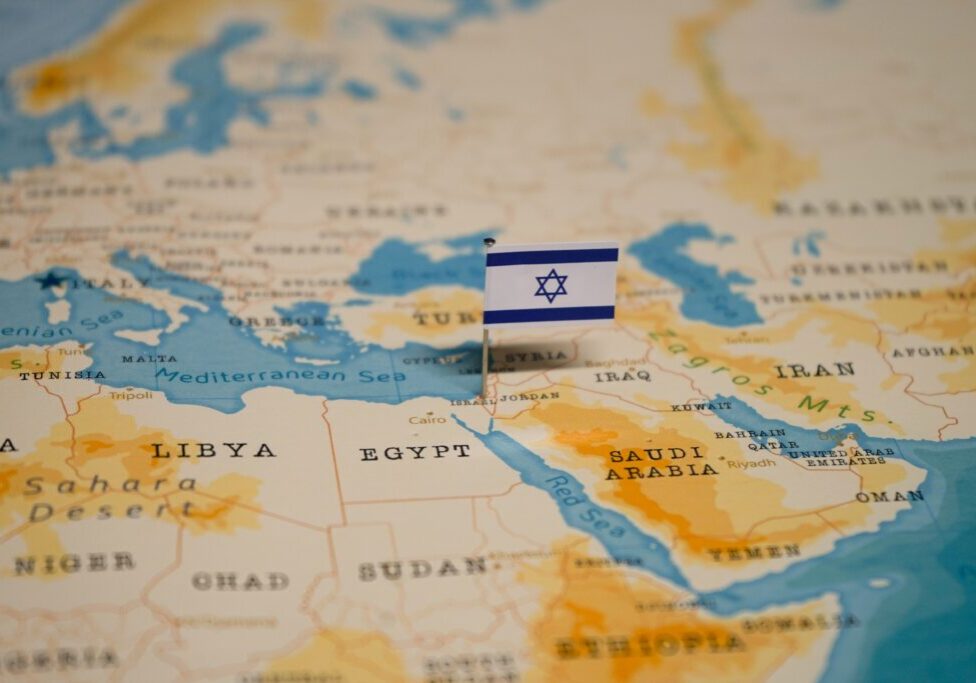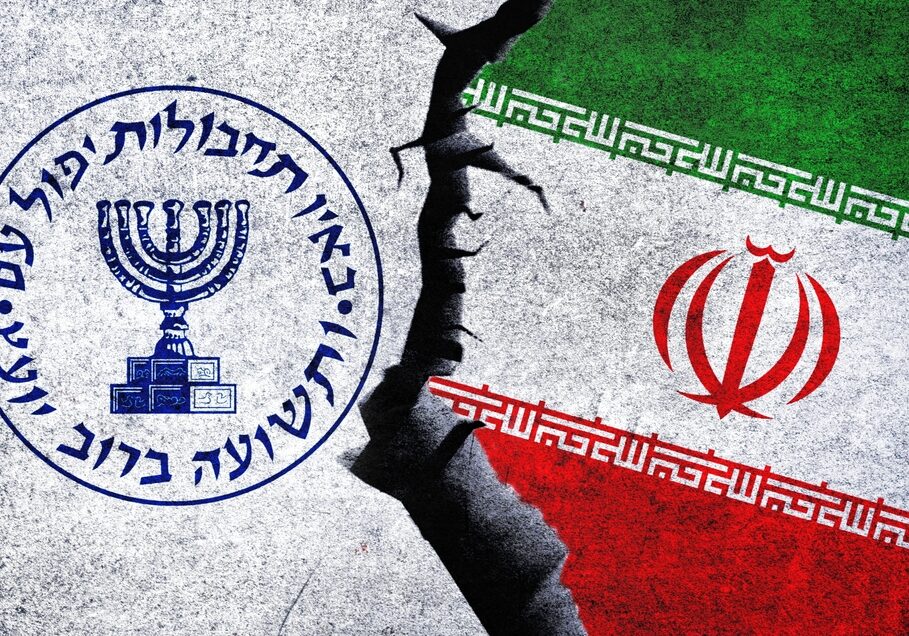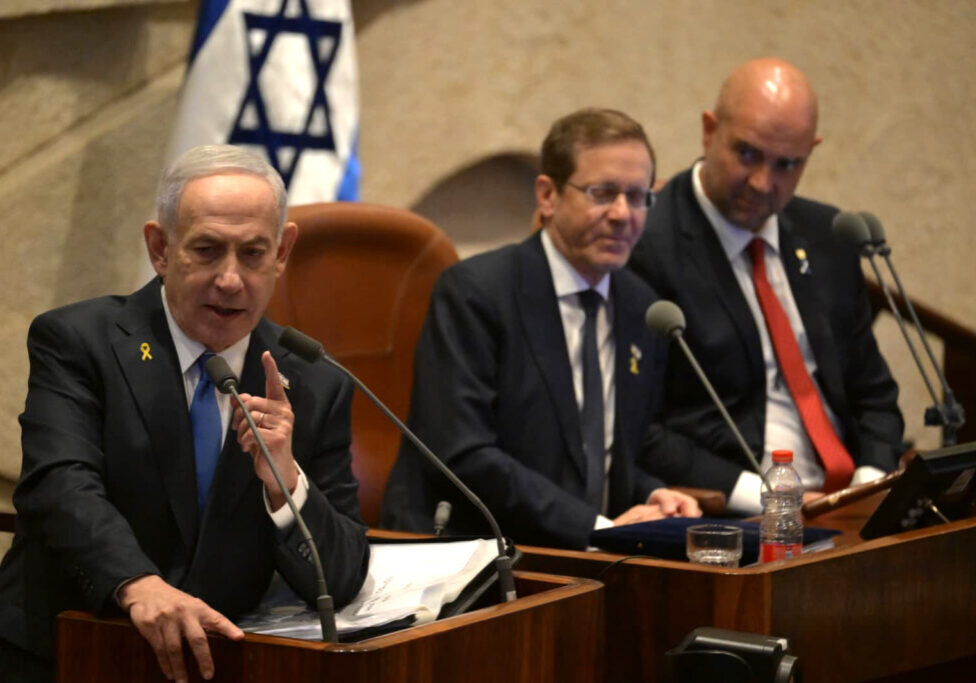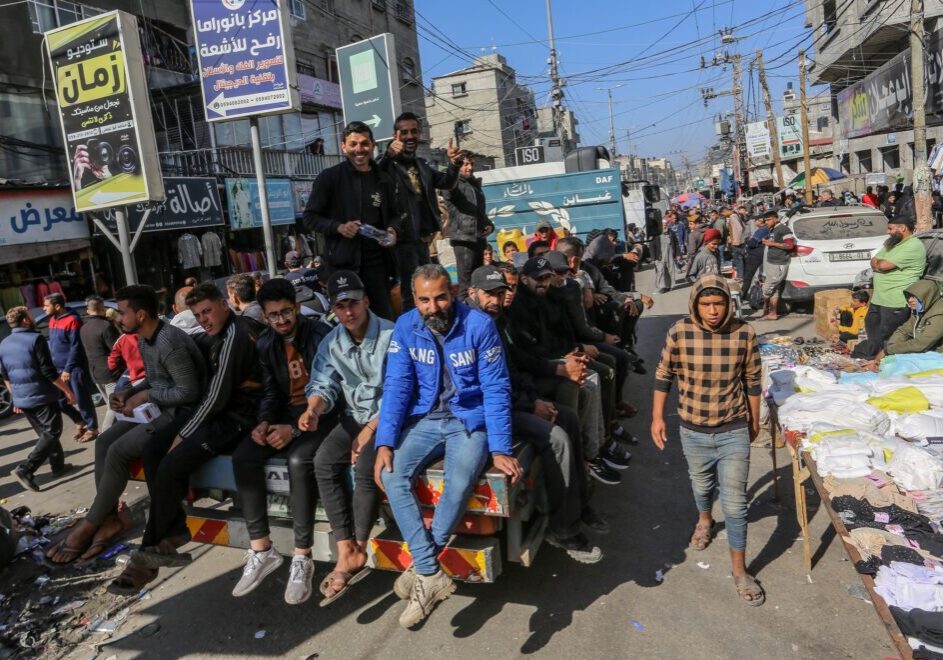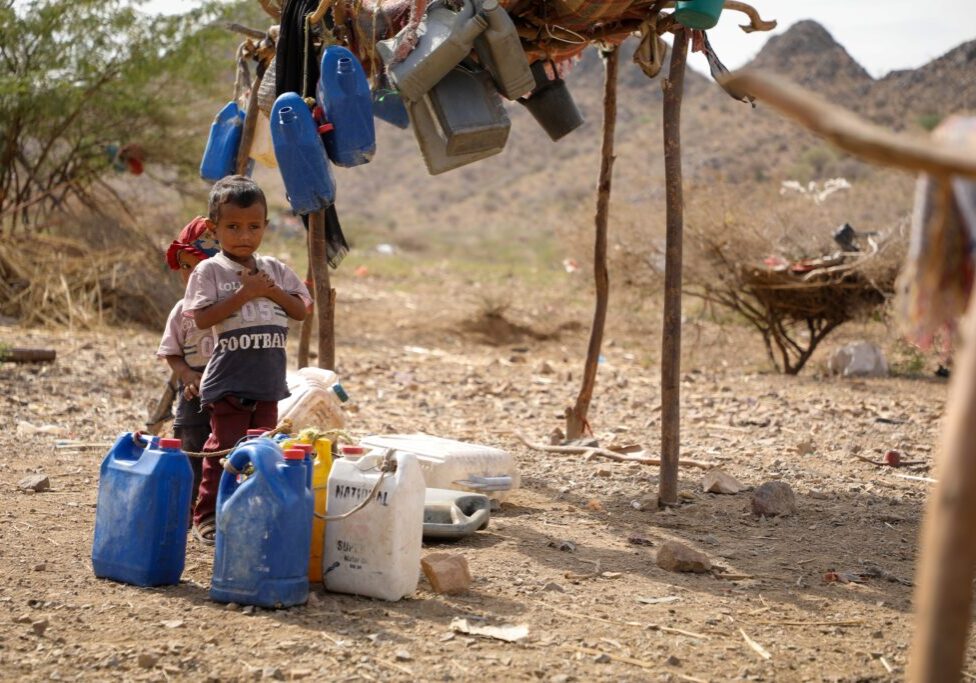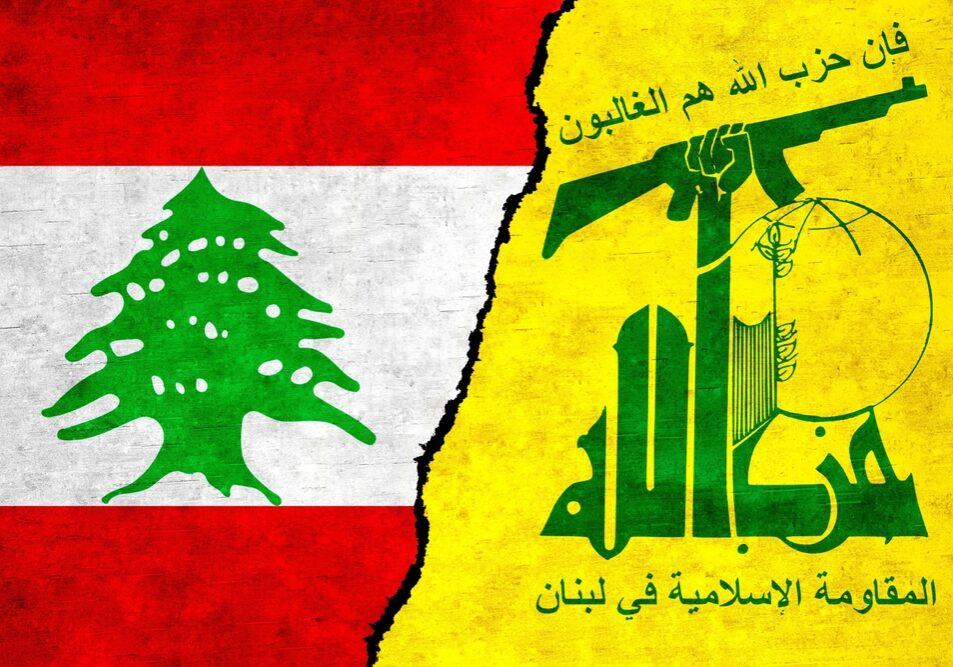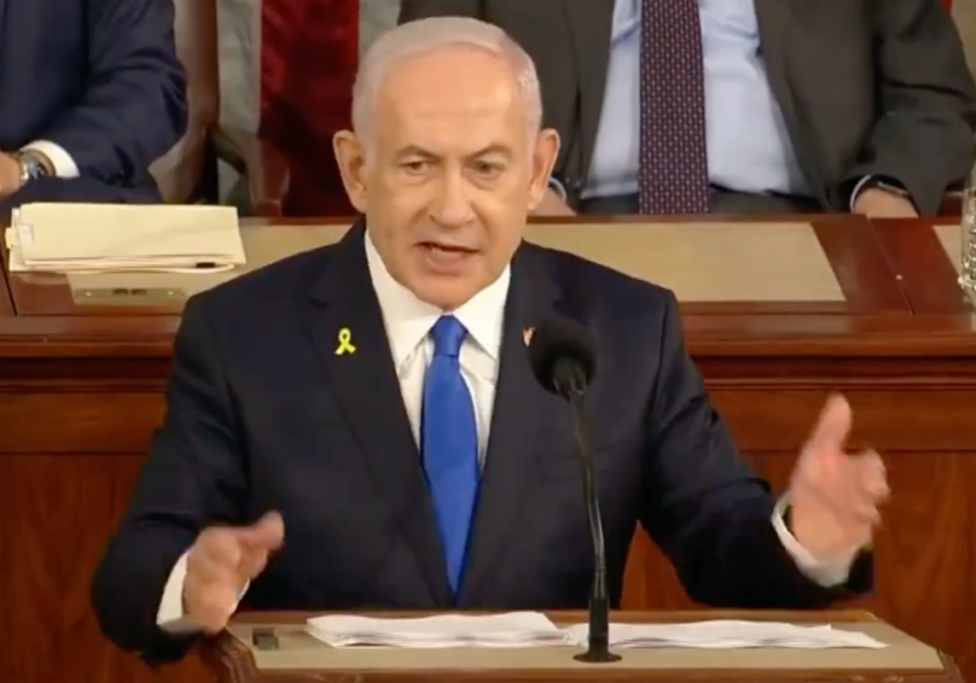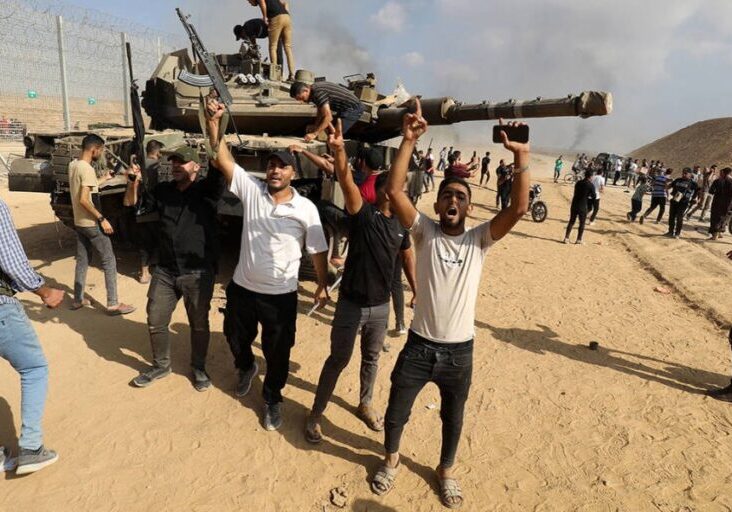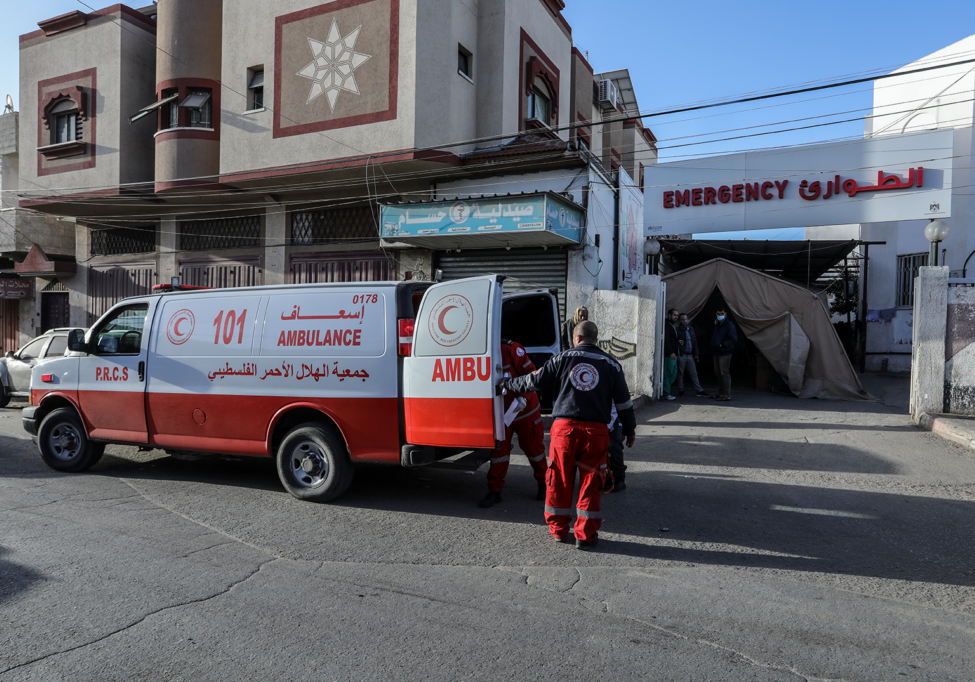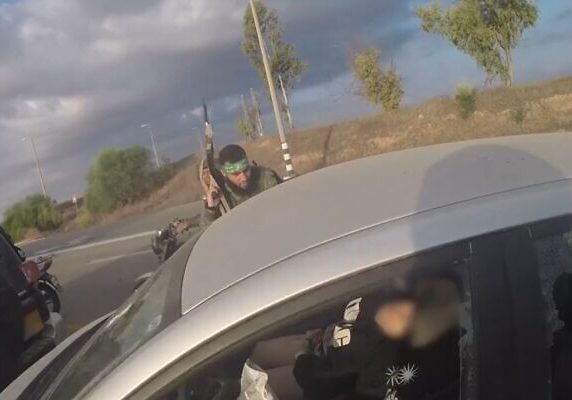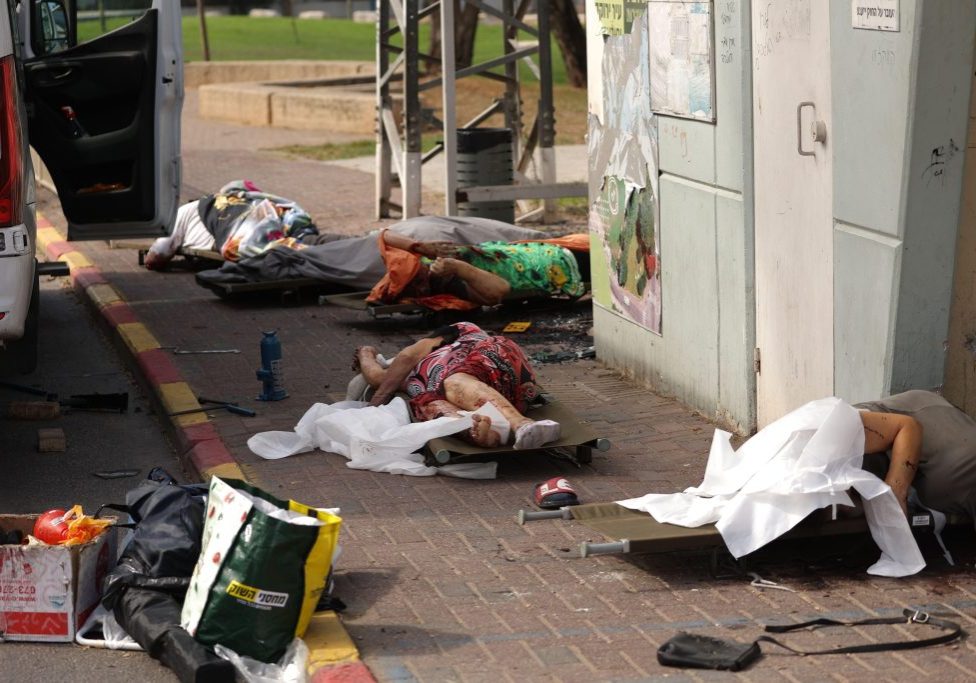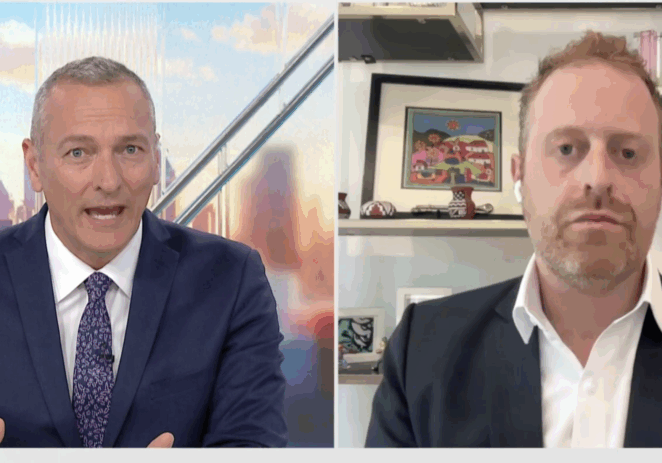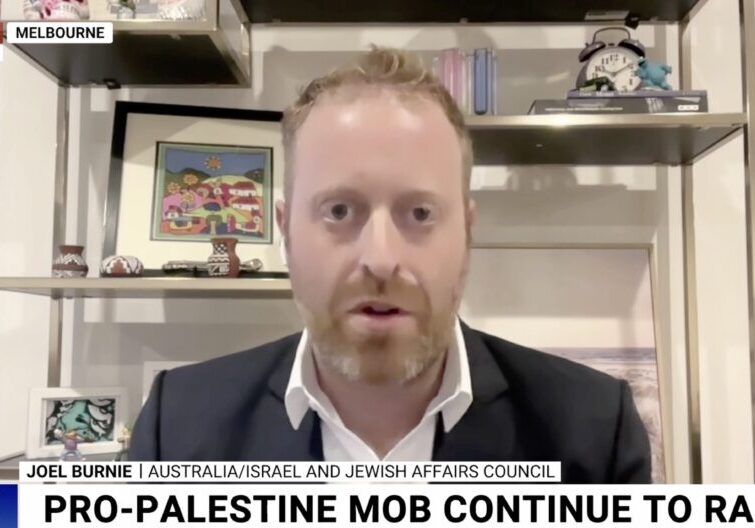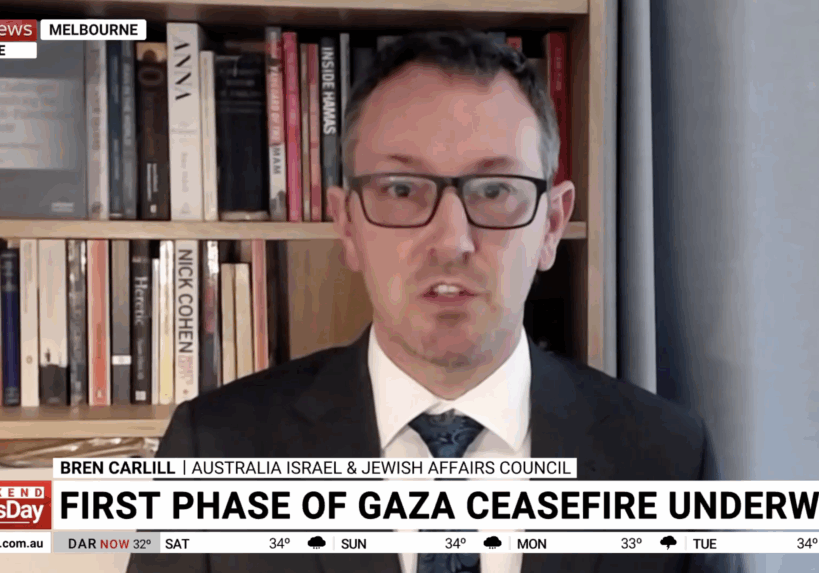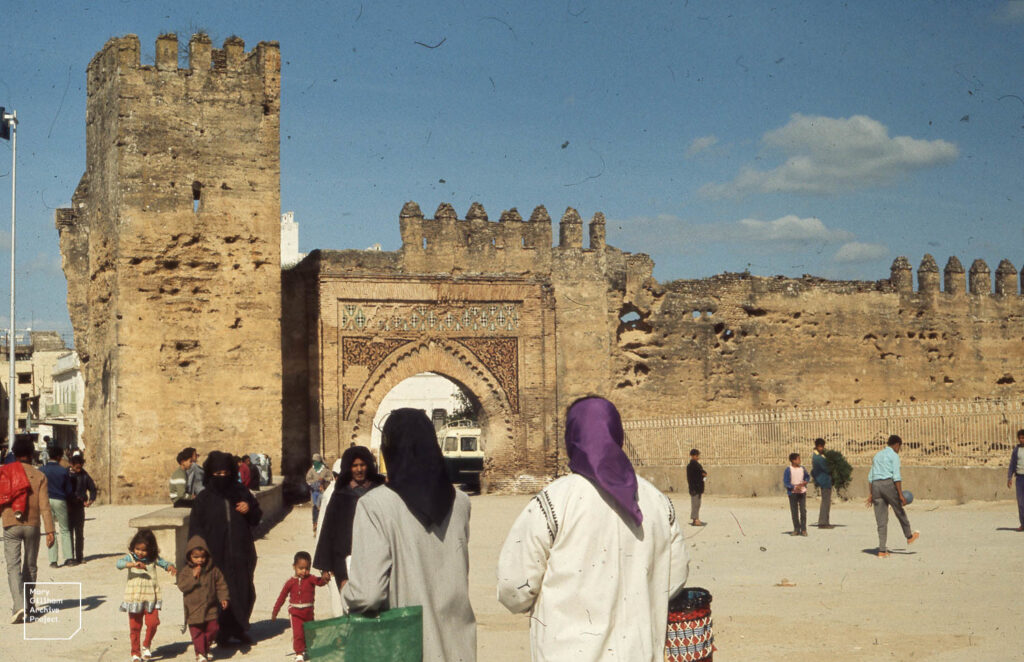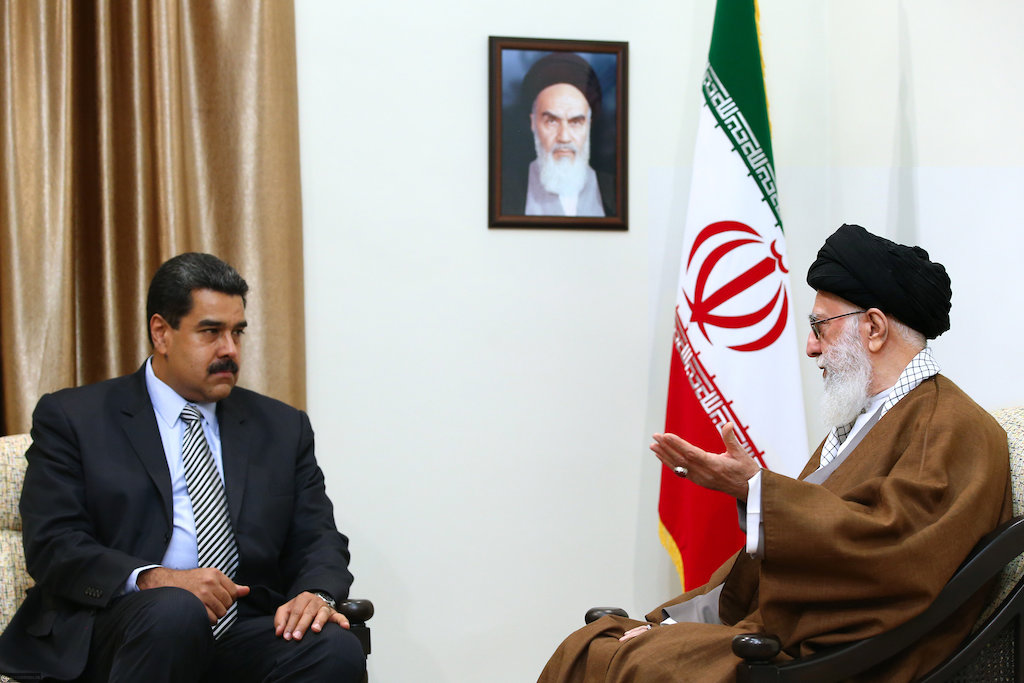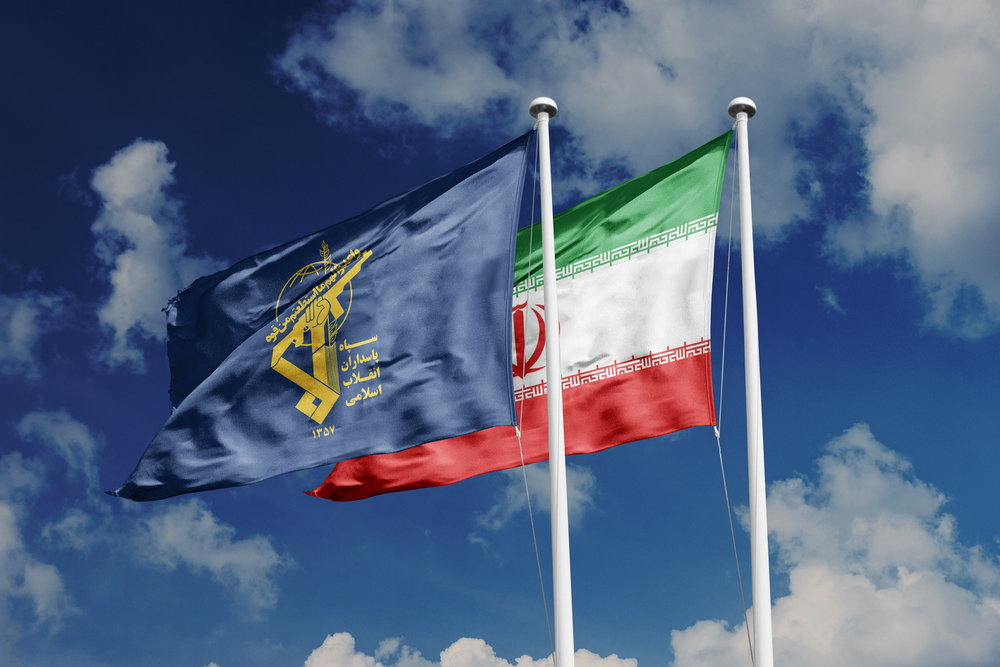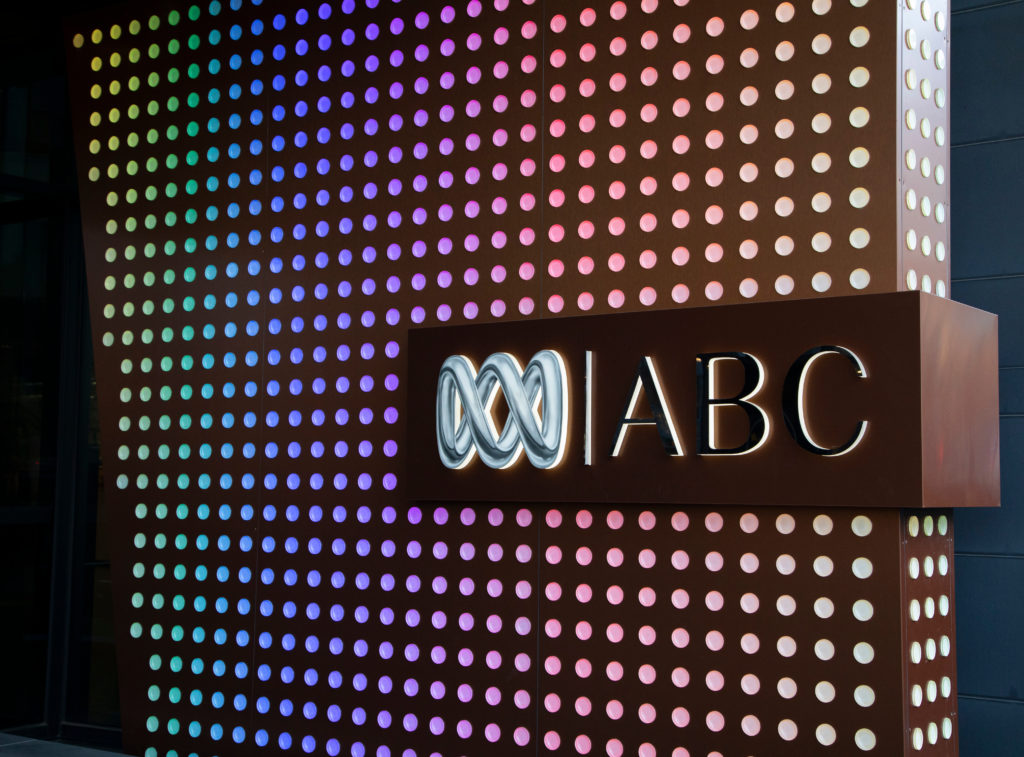FRESH AIR
Full transcript of ABC Radio “PM” interview on Iran with nuclear expert David Albright
July 10, 2019 | AIJAC staff
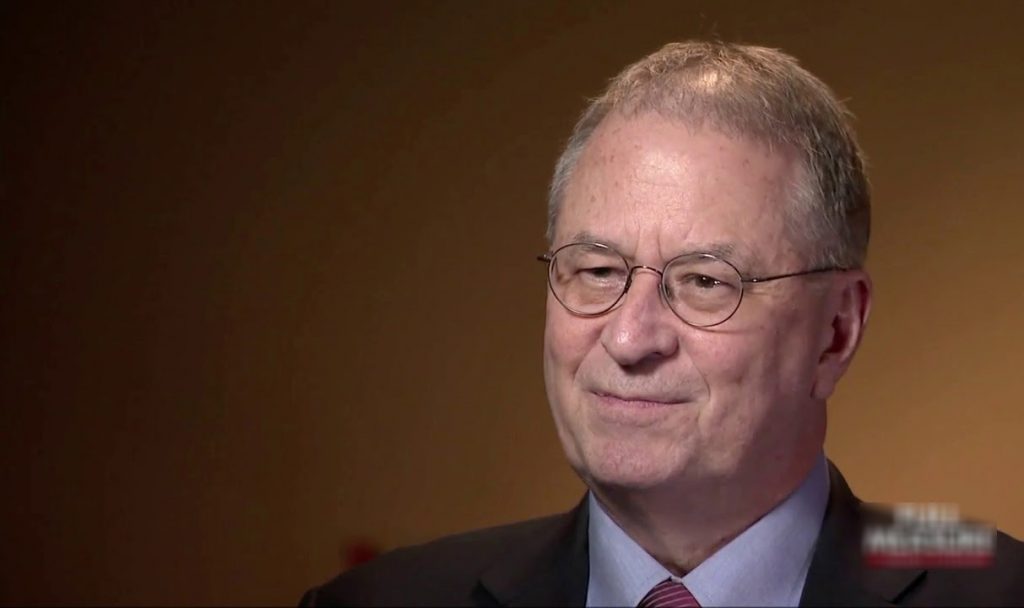
Is Iran on the road to making nuclear weapons?
ABC Radio “PM”
July 9 2019
Linda Mottram: Well the US president has also warned Iran to be careful as it increases its stockpile of uranium and increases enrichment both in breach of the international nuclear deal that’s designed to constrain Iran’s nuclear program for a time at least. Meanwhile, President Emmanuel Macron of France is sending a diplomatic adviser to Tehran to try to de-escalate tensions that have arisen over the US decision to reimpose unilateral sanctions against Iran a year after Donald Trump pulled out of the nuclear deal. So is Iran embarking on producing a nuclear weapon. And if not what would it look like if it did. Well, David Albright is the founder and president of the nonprofit Institute for Science and International Security in Washington D.C. He has inspected Iraq’s weapons program he has inspected Iran’s nuclear facilities. And he’s written extensively on nonproliferation. He spoke to me a little earlier from Paris.
Albright: We estimate at my institute there you know currently it would take them seven to 12 months to produce enough weapons-grade uranium for a nuclear weapon. And these changes done by Iran the last week or so haven’t affected those estimates yet. The problem is we don’t know where this is headed. In the past there’s been many minor violations by Iran of the nuclear deal. It’s just that in the past when pressed they would be they would be willing to back down and try and fix the violations. And so now we’re faced with a situation where we just don’t know which direction this is headed. And that creates I would say more of a political problem than a technical problem over the next couple months.
LM: Let’s stick with some of the technical stuff though. If Iran decided, ‘yes’, if the political decision was made at their end, ‘we are going to go for a nuclear weapon’, what would be the indications of that?
DA: Well one is that they could kick out the inspectors and they could just do it all up front and say we are leaving the Nuclear Nonproliferation Treaty. We’re kicking out the inspectors and you just don’t know what we’re going to do. But we’re very we have to assume they’re going to make nuclear weapons. They could also just decide to gradually increase the number of centrifuges they have deployed, the enrichment level, and just slowly move toward an ability to breakout and produce enough weapons-grade uranium for a bomb quickly, within a matter of weeks. It may take them a year or two to reach that point but that they could do that. And I think if they’re I think there was a consensus among the E3 – Britain, France and Germany and the United States – during these negotiations to fix the nuclear deal that Iran had no economic justification for a centrifuge program. It just, it will never produce enriched uranium more cheaply than it could simply buy it internationally for its nuclear power or research reactor programs. And so if they scale up in their centrifuge capability I think there would be an acceptance that that’s a military program by, by default (cause it has no economic justification and would probably spur quite a bit of action).
LM: Now there was a big moment last year in 2018 – so that’s three years after the nuclear deal was signed – where Israel dramatically unveiled this cache of documents and also blueprints to do with Iran’s nuclear program. What exactly did we learn from that? how did that change how we understood Iran’s compliance with the JCPOA?
DA: (Well, one, the existence of this archive. I mean it was curated, it is curated. It’s organised. It’s extensive. That) its existence is inconsistent with Iran’s commitments under the nuclear deal and also the nonproliferation treaty. (Iran committed under the nuclear deal that under no circumstances would it seek, develop or acquire nuclear weapons. This archive is in contradiction to the seeking or developing. And so, we don’t know what else they are doing. I mean the archive could, implies that they could be doing additional work on nuclear weapons development, at least maintaining the option.) One of the things we have learned from the archives and I, people in my institute spent a lot of time going through portions of the of what the Israelis seized, was that they, it was a much more extensive nuclear weapons program than had been thought. And it made more progress. It was a much more determined program in the sense it was aiming to build five nuclear weapons and prepare an underground nuclear test site. And what that means is that if they do decide to build nuclear weapons they can probably build deliverable missile and missile-deliverable nuclear weapons faster than we thought before. And so if they get the fissile material, the weapons-grade uranium in sufficient quantity for a weapon it’s not going to be a year later that somehow they’ll be able to mount on a missile. It’s probably gonna be measured in months. (So I think the archive, one, raises serious questions whether Iran has been in compliance with the nuclear deal on a very fundamental level, getting right to the purpose of the deal mainly to keep Iran from building nuclear weapons. And it also shows that Iran was further along.) Now, another thing it shows which it is important is is that Iran greatly downsized this program. It was, it was, where it was seeking to have five nuclear weapons by early 2004 probably more realistic ‘05 at least but it downsized the program dramatically. (It didn’t eliminate it and that’s in the documents, that the program continued after 2003 but it was at a much-reduced level) And what that showed was that Iran is vulnerable to pressure because at the time Iran was worried about the U.S. invasion of Iraq, very intrusive embarrassing inspections by the International Atomic Energy Agency. And a pretty major diplomatic effort by Britain, France and Germany to limit the program. And so Iran responded and downsized. So I think what it shows (what the archive shows quite dramatically is that Iran is vulnerable to pressure and) that the current trajectory that we’re on of increasing pressure makes sense. Whether it will work or not. We’ll see.
(LM: And that of course is the critical question, we’ll see. In your view was President Trump under these circumstances right to pull out of the deal and start increasing that pressure?
DA: I personally argued not to pull out of the deal. I was very much committed to this fix, where in essence pulling out would be delayed five years and in that period of time you would be working on the missile, the regional and better enforcement of the deal and improving the inspections. But in a sense my (???) lost and we lost mainly because the sense and it wasn’t just because Trump didn’t like the deal. I mean there was a lot of discussion but there was a sense that there isn’t time, that it’s necessary to ramp up the pressure as soon as possible because time was not on the side of the United States and the sense that Iran would grow stronger economically, militarily. First sunset comes off next year. It’s the sunset on bans on selling conventional, advanced conventional weaponry to Iran. That comes off in October 2020 and so Iran could in a sense start arming itself to the teeth and it would make military options probably impossible. And then other sunsets come off in successive years. So the ideal from the point of view that argued to leave was that we have to move now to increase the pressure because ultimately the goal is to either get negotiations or to severely weaken Iran and acting in 2018 was seen as more likely to succeed than waiting five years.
LM: And so we wait to see what comes down the pipeline.) David Albright thank you very much for speaking with us.
DA: OK. Thank you.
LM: David Albright who runs the Institute for Science and International Security in Washington and there’s a longer version of that interview explaining more about how the nuclear deal works and whether the U.S. withdrawal was wise. Go to the PM website.
RELATED ARTICLES
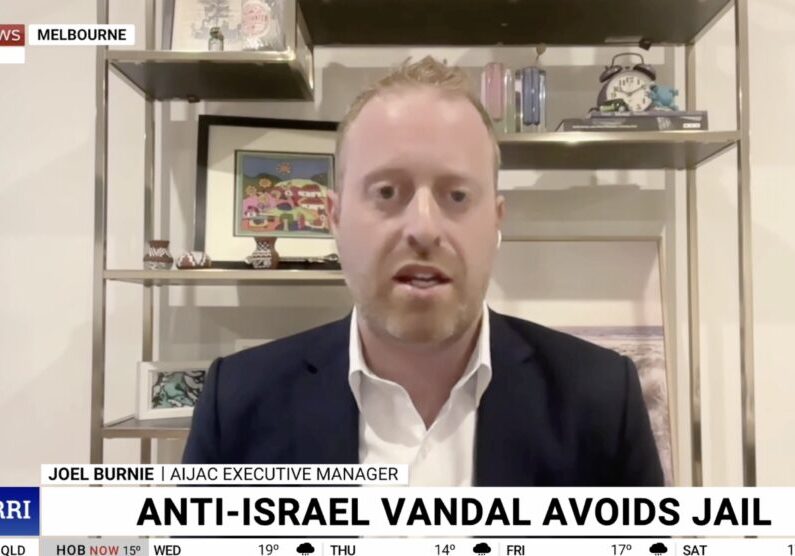
Sentencing for antisemitic vandalism “manifestly inadequate”: Joel Burnie on Sky News
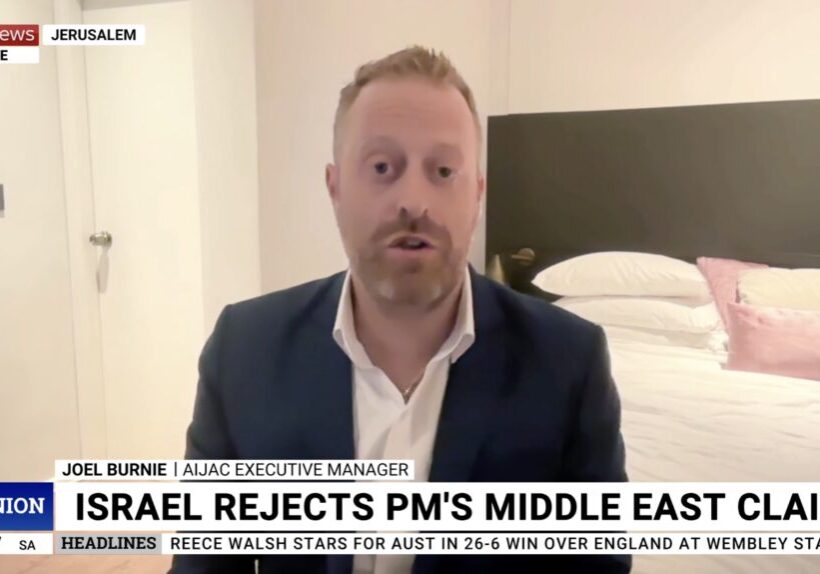
“Bittersweet” aftermath of hostage release deal: Joel Burnie on Sky News
